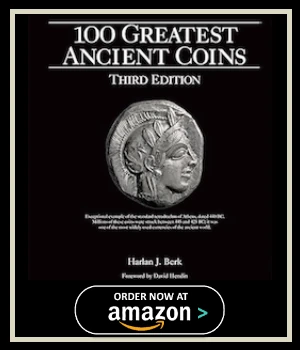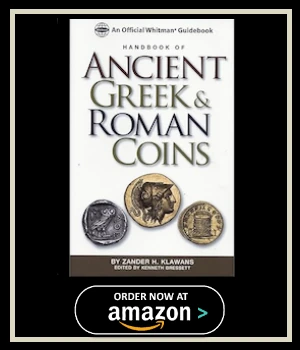
Ancient Roman Coins
Ancient Roman coins are truly remarkable artifacts. Furthermore, they encapsulate the rich tapestry of Roman history. These small metallic circles serve as tangible links to bygone eras.
Moreover, they enable us to peer into the past through numismatics. Additionally, these coins offer unique insights into ancient Roman civilization.
The Roman Republic Era
Formation and Early Development
The Roman Republic represents a formative period in Roman history. During this time, mints produced distinctive coins with remarkable detail. Furthermore, these coins featured portraits of illustrious statesmen.
Notable figures included Julius Caesar, Pompey, and Cicero. Consequently, their images became permanently preserved in metal. These portraits provide direct connections to ancient Roman leadership.
Historical Significance and Value
These numismatic treasures transcend mere currency function. Instead, they serve as historical portraits of ancient times. Additionally, they offer insights into political and cultural climates.Each coin tells a unique story about its era. Therefore, collectors and historians highly value these artifacts today.
Political and Cultural Representations
Imagery and Symbolism
The imagery on Roman coins reflects complex political dynamics. For instance, designs showcase shifting alliances between leaders. Similarly, they document power struggles throughout the republic.
Furthermore, these coins capture pivotal historical moments. Consequently, they defined the entire Roman Republic period. Each design choice carried significant political meaning.
Social and Economic Context
Roman coins also reveal economic conditions of their time. Additionally, they demonstrate the republic’s vast trading networks. Therefore, studying these coins provides comprehensive historical understanding.
Also, the quality and materials used indicate prosperity levels. Consequently, numismatists can track economic changes across different periods.
Legacy and Modern Importance
Archaeological Value
Today, ancient Roman coins provide invaluable archaeological evidence. Furthermore, they help researchers understand ancient civilizations. Additionally, they offer dating methods for historical sites.
These coins preserve artistic styles and techniques. Consequently, they influence modern numismatic studies and collection practices.
Educational Impact
Roman coins serve as excellent educational tools. Furthermore, they make ancient history tangible for students. Additionally, they demonstrate the interconnectedness of politics, economics, and art.
Therefore, museums worldwide display these remarkable artifacts. Consequently, they continue educating new generations about Roman civilization.
Key Insight: Ancient Roman coins function as miniature time capsules, preserving political, cultural, and economic information from one of history’s greatest civilizations.
Transitioning from the Republic to the Roman Empire brought forth a new series of coins, Roman Imperial coins, which were instrumental in celebrating the emperors and their significant accomplishments. The faces of Augustus, Nero, Trajan, and Hadrian, among many others, graced these coins. These images are not only artistic representations but historical documents that speak to the transition from a republican form of government to the imperial structure. The Roman Imperial coins carry the weight of that transformative shift, exemplified by the divine and autocratic imagery of emperors.
Roman Provincial coins, another fascinating category of Roman currency, were minted in various regions of the vast Roman Empire. These coins display unique designs and local influences, reflecting the rich diversity of cultures, traditions, and economies within the provinces. The coins tell the stories of cities and towns, proclaiming their loyalty to Rome or highlighting their distinctive attributes. They provide an invaluable window into the complex dynamics that governed the provinces and the influence Rome exerted over its territories.
Beyond their historical significance, ancient Roman coins have become an increasingly attractive investment choice, combining the allure of history with the potential for financial gain. Graded and certified ancient coins, which undergo rigorous evaluation and authentication processes by reputable numismatic organizations, offer collectors and investors an added layer of confidence. These coins are typically assigned a numerical grade based on factors like condition, rarity, and historical relevance, which can significantly impact their value in the market.
Furthermore, the composition of ancient Roman coins often includes precious metals, such as gold, silver, and bronze, adding intrinsic value to these historical artifacts. This characteristic makes them an appealing option for those seeking a hedge against inflation and currency fluctuations. The diversification potential is substantial, as investors can include ancient coins in their portfolios to balance risk and enhance overall performance.






 '
'